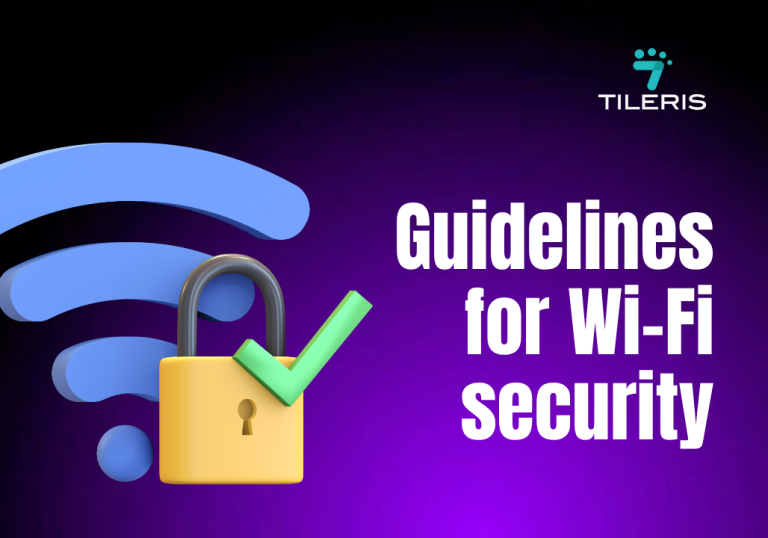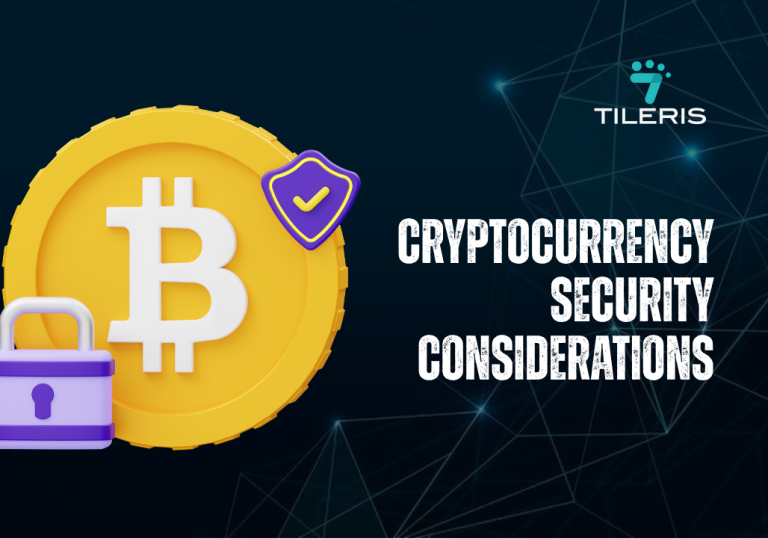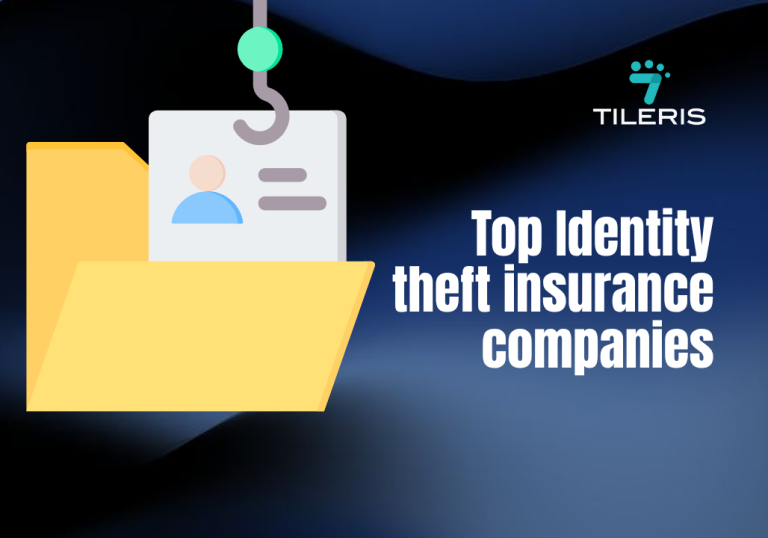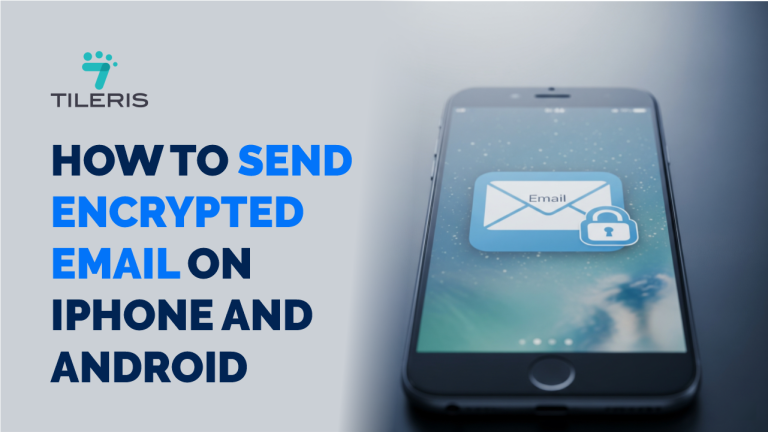Understand Email Privacy Laws And Regulations (GDPR, CCPA, etc.)
Introduction
That innocent-looking email newsletter you sent? It probably cost a company $50,000 in GDPR fines. Or perhaps one seemingly harmless marketing email landed a promising startup in serious legal hot water. With email privacy laws like GDPR and CCPA making headlines, businesses globally face a tough truth: Ignorance is no longer an excuse. This isn’t just about big corporations; these regulations affect businesses of all sizes, from local shops to global enterprises. But don’t panic. This is your straightforward guide to understand email privacy laws and email regulations (GDPR, CCPA, etc.) and implement email compliance rules effectively.
Why These Laws Demand Your Attention Now
Stories like a company recently faced a multi-million dollar fine simply because their email marketing opt-out process wasn’t clear enough are becoming increasingly common. These show a critical shift: email privacy laws for businesses are no longer a suggestion; they are a non-negotiable standard.
These regulations aren’t going away but they’re expanding. Governments worldwide are recognizing the need to protect personal data emails as a fundamental right. For your business, this means understanding and adapting is not just about avoiding fines; it’s about building trust with your customers and clients. In an era where data breaches are daily news, customers value transparency and security more than ever. Email compliance becomes a powerful competitive advantage, signaling to your audience that you respect their privacy.
Know These Laws in Plain English
Forget the dense legal texts. Let’s break down the most impactful email privacy laws that affect how you collect, store, and use email addresses.
GDPR: Europe’s Standard for Data Protection
The General Data Protection Regulation (GDPR) is a robust law from the European Union.
- What it covers: Any personal data emails collected from individuals residing in the EU, regardless of where your business is located.
- Who it affects: If you collect email addresses from anyone in the EU (even if your business is in China or the US), GDPR applies to you.
- Key Email Rules:
- Lawful Basis: You need a “legal reason to email them.” This often means clear, affirmative consent. Think of GDPR consent as asking permission before entering someone’s house, you can’t just walk in because the door’s unlocked.
- Transparency: You must tell people exactly how you’ll use their email address.
- Opt-out: It must be easy for them to stop receiving emails.
CCPA Essentials: California’s Reach into Email Data
The California Consumer Privacy Act (CCPA) is California’s response to data privacy.
- California’s Reach: While it’s a state law, it affects businesses globally if they collect personal data emails from California residents and meet certain thresholds (e.g., revenue, number of consumers, or deriving a significant portion of revenue from selling personal info).
- Email Data Rights: The CCPA grants Californian consumers several rights over their email data, including:
- The right to know what personal data can be collected from emails.
- The right to delete their data.
- The right to opt-out of the “sale” of their data.
Other Key Laws: Beyond the Big Two
While GDPR and CCPA are often cited, other critical email data protection rules exist:
- CAN-SPAM Act (USA): This US law sets rules for commercial email. It’s less about consent and more about transparency (no misleading headers), providing an unsubscribe mechanism, and including a physical postal address. It’s quite different from GDPR, but crucial for US-based emailing.
- PIPEDA (Canada): Canada’s Personal Information Protection and Electronic Documents Act has rules about consent for collecting, using, and disclosing personal information, including email addresses.
- Emerging Regulations: More regions are introducing similar laws (e.g., Brazil’s LGPD, South Africa’s POPIA). Staying informed helps you future-proof your email marketing compliance.
Quick Tip: The trend is clear: email privacy laws are expanding, emphasizing consumer control over their data.
Email Compliance Made Simple: Your 5-Rule Approach
Email compliance doesn’t have to be expensive or complicated. By focusing on these five straightforward rules, you can achieve full email compliance and build robust email protection.
Rule 1: Get Proper Consent (No Guessing)
This is the bedrock of email consent requirements. You need clear, explicit permission to send someone emails.
- No pre-checked boxes. Your customers must actively tick a box saying “Yes, I want to receive marketing emails.”
- Don’t use vague statements. Tell them exactly what kind of emails they’ll get (e.g., “Receive our weekly newsletter with product updates and promotions”).
- Exact Wording Example (Compliant): “Yes, I agree to receive marketing emails from your company regarding new products, special offers, and helpful tips. I understand I can unsubscribe at any time.”
- Non-compliant example: A pre-ticked box saying “Subscribe to our updates.” Or a generic “By signing up, you agree to our terms.”
Email compliance consent is like asking permission before entering someone’s house. You can’t just assume it’s okay because the door was open.
Rule 2: Honor Unsubscribe Requests (Quickly and Easily)
The right to opt-out is fundamental in email regulations. Making it difficult to unsubscribe is a major red flag for regulators.
- Clear Link: Every marketing email must have a prominent, easy-to-find unsubscribe link.
- Single Click: Ideally, it should be a one-click unsubscribe process. No logging in, no multiple questions.
- Prompt Action: You must process unsubscribe requests quickly, typically within 24-48 hours. Not adhering to the email privacy laws can lead to penalties.
Quick Tip: Test your unsubscribe process regularly. It should be frictionless.
Rule 3: Secure Data Storage and Transfers (Lock Down That Inbox)
This rule is about safeguarding the personal data emails you collect.
- Secure Storage: Your email list, and any associated customer data, must be stored securely. This means using reputable email service providers (ESPs) that offer strong encryption and security features.
- Encrypted Transfers: Ensure that any data transfers are well encrypted.
- Access Control: Only authorized personnel should have access to your email lists. Implement strong passwords and two-factor authentication (2FA) for all accounts managing customer data.
Think of your customer data as precious jewels. Secure data storage is like keeping those jewels in a high-security vault, not just under your mattress.
Rule 4: Handle Data Requests (Access, Deletion, Portability)
Under laws like GDPR and CCPA, customers have significant rights over their data. You must have a process to respond to their requests.
- Right to Access: Customers can ask what personal data can be collected from emails about them under email compliance. You must provide it promptly.
- Right to Deletion (Right to be Forgotten): Customers can request that you delete their data. You must comply, unless there’s a specific legal reason not to. The “right to be forgotten” is like having your name removed from a mailing list permanently.
- Right to Portability: Customers can ask for their data in a format that lets them move it to another service. “Data portability is like letting customers take their stuff with them when they move to a new house.”
Quick Tip: Set up a dedicated email address for handling these requests
Rule 5: Report Breaches Correctly (Timely and Transparent)
Despite your best efforts, data breaches can happen. How you respond is critical.
- Timing: You must report breaches involving personal data emails to relevant authorities and affected individuals without undue delay, often within 72 hours of becoming aware of the breach.
- Requirements: Your data breach notifications must include specifics like the nature of the breach, the approximate number of affected individuals, the likely consequences, and the measures you’re taking to address it.
Quick Email Compliance Checklist: Your 5-Minute Audit
Don’t let email compliance seem overwhelming. Use this simple checklist to quickly assess your current standing and identify immediate fixes.
- Do you have clear, active opt-in for all email subscribers? (Yes/No)
- Is your unsubscribe link prominent and easy to use (one click)? (Yes)
- Do you process unsubscribe requests within 48 hours? (Yes/No)
- Is your email list stored with a reputable ESP using encryption and strong security? (Yes/No)
- Do you have a process for customers to request their data or request deletion? (Yes/No)
Your compliance status:
- Green: All Yes! You’re likely on a good path.
- Yellow: Mostly Yes, but a few No’s. Needs immediate attention.
- Red: Mostly No’s. High risk, urgent action needed.
6 Red Flags to Avoid: Common Mistakes That Trigger Fines
Even small errors can lead to big problems. Be aware of these common pitfalls that trigger investigations and fines under email privacy laws for businesses:
- Buying Email Lists: Never, ever purchase an email list. You have no consent, making it a guaranteed violation under GDPR and other laws.
- Confusing Opt-out: Making the unsubscribe process intentionally difficult or hidden.
- Default Opt-in: Using pre-checked boxes on signup forms. This is a primary trigger for GDPR email marketing rules violations.
- Vague Privacy Policies: Not clearly stating how you collect, use, and store personal data emails.
- Ignoring Data Requests: Failing to respond promptly or correctly to requests for data access or deletion.
- No Physical Address: Omitting a physical postal address in your marketing emails (a key CAN-SPAM requirement).
Conclusion
Email privacy laws might seem daunting, but it’s a manageable challenge for any business committed to ethical practices. Laws like GDPR, CCPA, CAN-SPAM, and PIPEDA aren’t just legal burdens; they are frameworks for building deeper customer trust and a stronger business reputation. You’ve learned about email consent requirements, data handling, and vital data breach notifications.
Remember: Email compliance doesn’t have to be expensive or complicated. Rules just have to be followed. By implementing these email data protection rules –focusing on clear consent, easy unsubscribes, secure storage, and respectful data handling- you not only avoid costly fines but also demonstrate integrity and build trust. This makes your business more appealing to customers who are increasingly prioritizing their privacy. These laws aren’t going away. Starting now before you need to react to a problem is your smartest move.
Read more on Email Encryption Compliance here!
Protect your business reputation, build customer trust, and save money on potential fines. Tileris is here to help you navigate these complex regulations with simple, effective cybersecurity solutions. Request a demo today!







